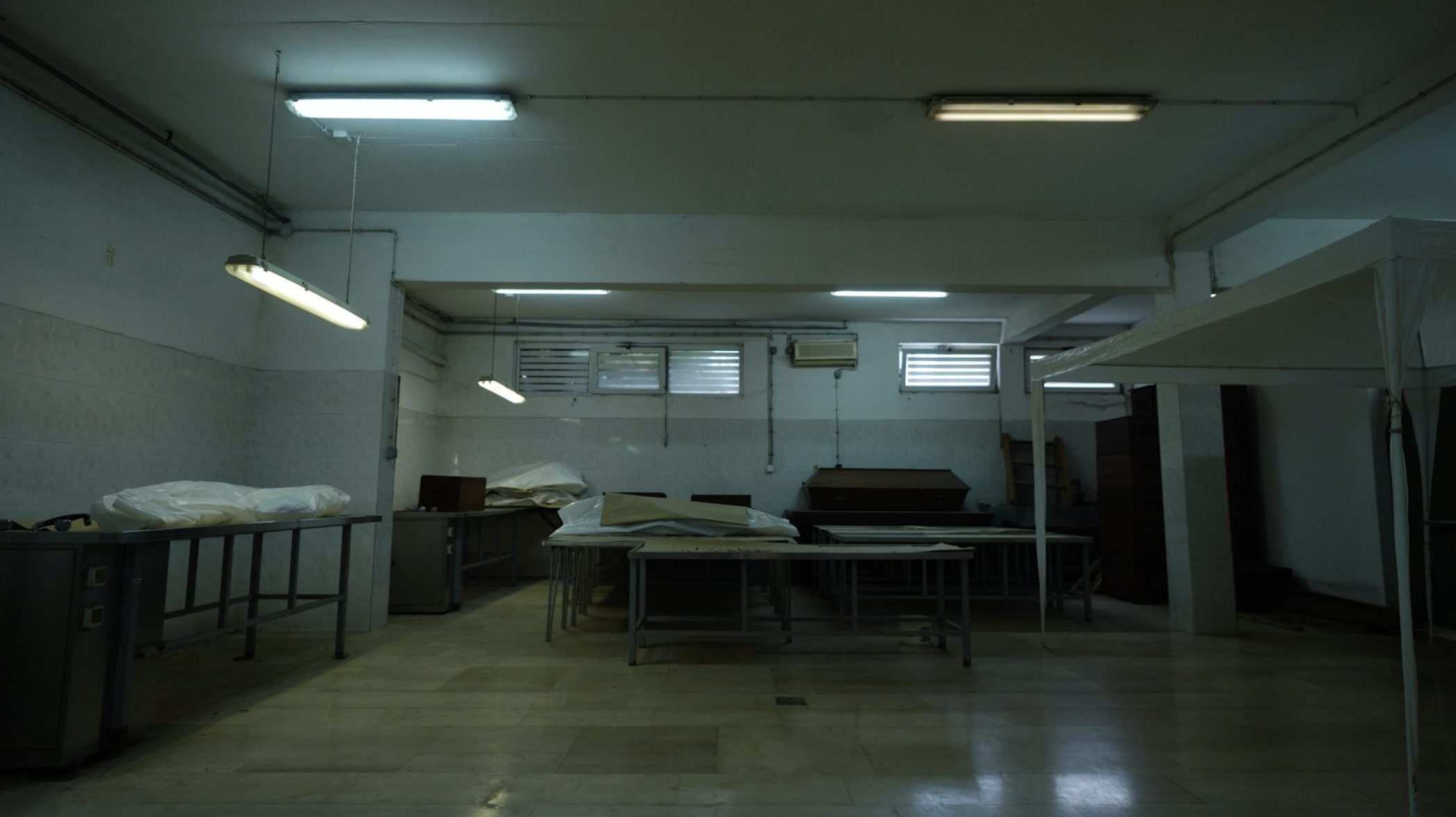This post is also available in: Bosnian
The exhibition entitled ‘Children in Conflict – Evidence from the International Criminal Tribunals’, which was launched on Wednesday, illustrates how children were often intentionally selected as targets of torture, sexual violence, forcible resettlement, murder and extermination during the conflicts in the Balkans and Rwanda.
The exhibition includes a selection of testimonies, photographs and audio-visual materials that were used as evidence at the International Criminal Tribunals for the Former Yugoslavia and Rwanda.
It aims to show the importance of international courts and tribunals in trying those responsible for crimes against children and adult civilians.
“As children and other civilians continue to be the target of systematic violence in conflicts around the world, we are reminded of the importance of ensuring respect for international humanitarian law, which offers protected to those, including children, who take no part in a conflict,” the president of the Mechanism for International Criminal Tribunals, Theodor Meron, said in a statement.
“International criminal courts and tribunals have played a vital role in affirming the scope and reach of international humanitarian law and in making clear that violations of that law should not go unaddressed,” Meron added.
The exhibition includes an album of photographs from the Bosnian town of Foca that depicts the Partizan sports hall, where crimes against civilians were committed, as well as parts of witnesses’ testimonies to the Hague Tribunal.
One of them is from a woman who was detained at the sports hall at the age of 15 and was raped several times at various locations in Foca.
Another is from Muhamed Kapetanovic, a boy who survived a massacre while sledding in the Alipasino Polje neighbourhood in Sarajevo in January 1994.
“We were sledding and all of a sudden we heard grenade explosions. We knew they were close because the explosions were loud,” he recalls in the testimony.
“We got scared and began running. Before we could get into our building, a grenade exploded behind us. Danijel Juranic got killed. I was wounded in my leg, head and arm. Admir and Elvir Hodzic were injured as well,” he adds.
The exhibition also contains audio recordings of testimonies of survivors of wartime violence from Kotor-Varos and Srebrenica in Bosnia and Herzegovina.
It seeks to stress that the Hague’s court practices have contributed to strengthening the protection of children in armed conflicts, and says that the young age of victims and their vulnerability was considered an aggravating circumstance when making decisions about sentencing the perpetrators.


